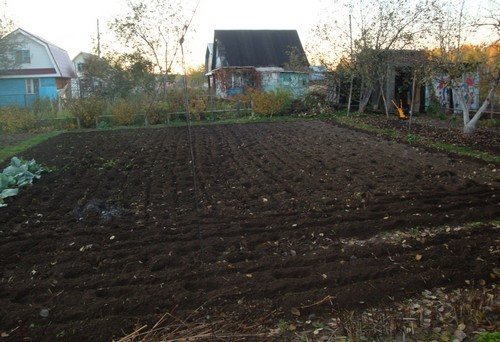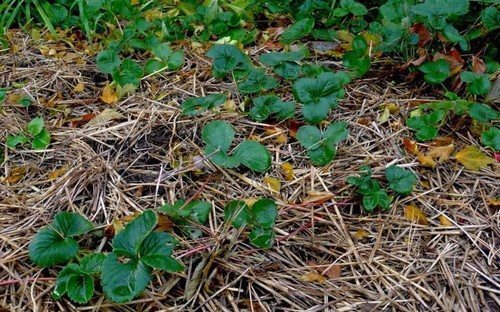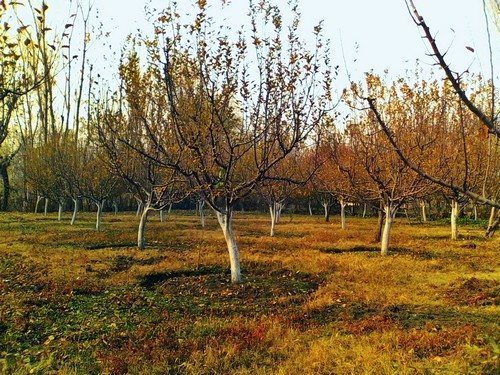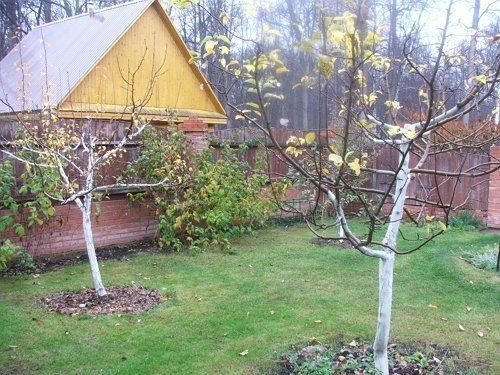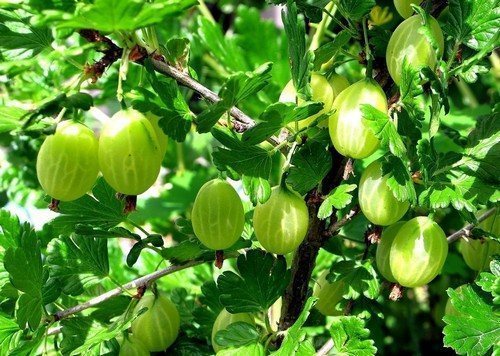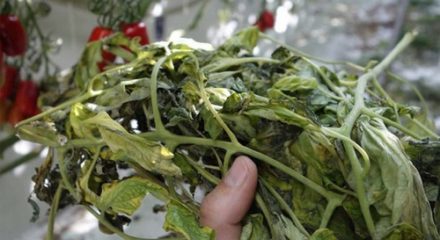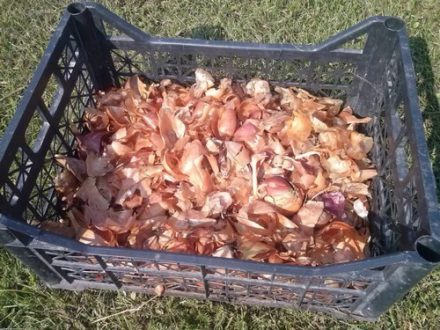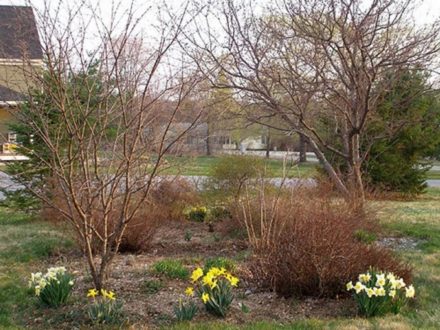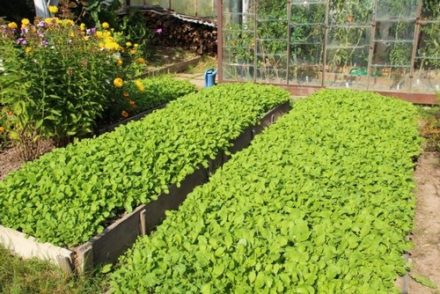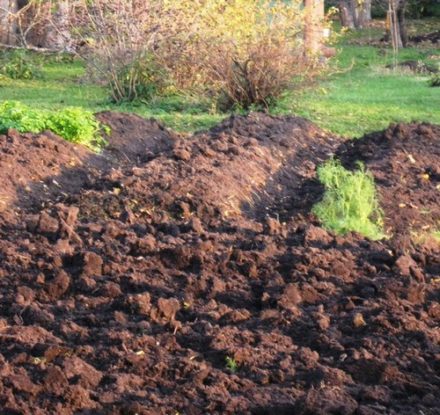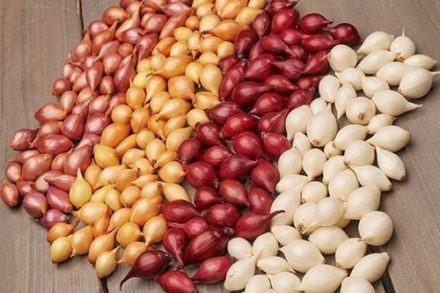After picking fruits and berries, work in the garden does not end, but, one might say, is just beginning. After all, in order for the trees to survive the winter safely and produce a good harvest next season, it is necessary to prepare the garden for wintering. Here are some tips for preparing trees for conservation.
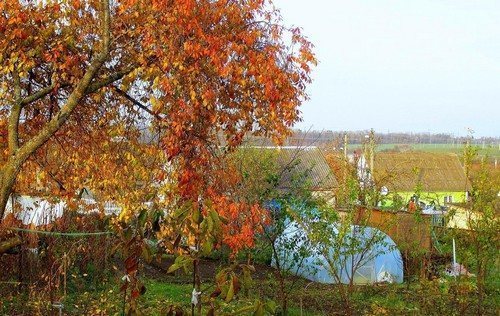
Remove leaves and carrion
Fallen leaves are a breeding ground for pathogenic bacteria and fungi, so to avoid infecting the trees, the leaves are removed. If the trees in the garden are healthy, then the fallen leaves can be used as mulch for shrubs or perennial flowers, but if the fruits of the trees had scab or other diseases, then such leaves are burned.
In addition to leaves, carrion must also be removed, since rotting fallen fruits also contribute to the spread of pests and microbes.
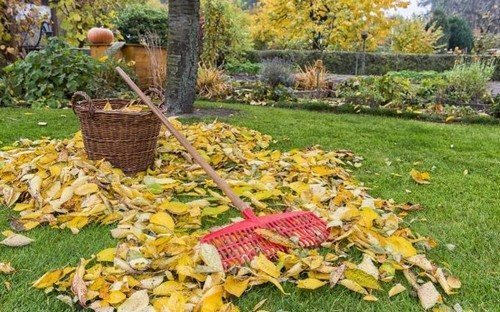
Trim the crown
Before the onset of stable frosts, dry and damaged branches are pruned from trees. This procedure is carried out at a temperature of +10-15 degrees; at sub-zero temperatures, the cuts become sick and take a long time to heal, and with earlier pruning, the plant may sprout, which is absolutely not necessary before wintering. Fresh sections are treated with a solution of copper sulfate (10 g per 1 liter of water).
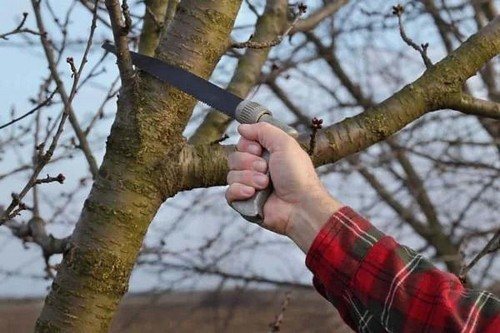
Treat with fungicides
To rid the tree of fungal pests such as scab, powdery mildew and others, the plant is treated with urea. To do this, 1 kg of urea is diluted in 20 liters of water. Bordeaux mixture (3%) will protect plants from mold.In addition, you can use professional fungicides: Revus, Raek, Karbofos.
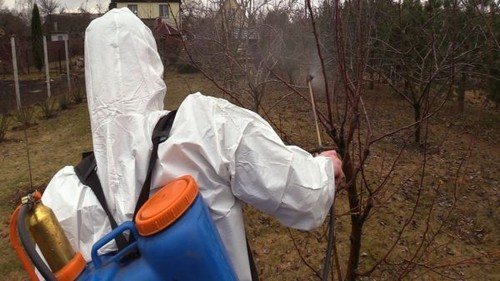
Apply fertilizer
Before wintering, it is important to feed the garden with phosphate-potassium fertilizers: this will help the trees to easily endure severe frosts and replenish the plant’s lack of nutrients. Apply 200–300 grams for each fruit tree. superphosphate and 150–200 gr. potassium phosphate.
Among organic fertilizers, humus is useful in the fall, but it is applied no more than once every 4 years.
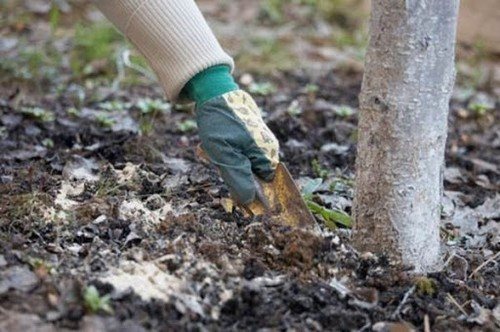
Whiten the trunks
In addition to its beautiful appearance, the tree is whitened before wintering so that it is protected from pests and winter and spring sun rays, which heat up the ice during the day, resulting in burns and frost holes on the trunk.
Whitening is usually done with lime, clay, mullein or special acrylic paint.
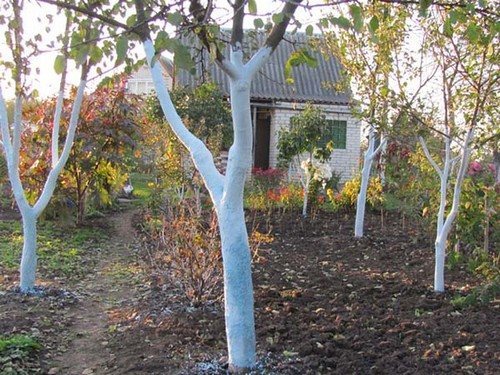
Water the trees
Even if autumn is rainy, you can’t do without moisture-charging irrigation. This is necessary so that the soil does not dry out in winter and the plant does not die from lack of moisture. This watering is done at a temperature not lower than +8 degrees. 5–7 buckets of water are poured under each tree. At the same time, water the plants gradually over several hours, allowing the water to be well absorbed into the soil.
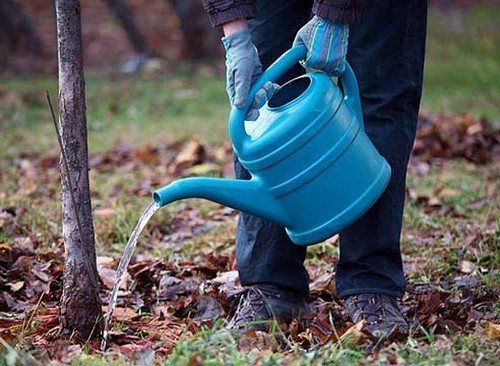
Mulch the tree trunk circle
After abundant watering, the trees are mulched. Sawdust, hay, peat or compost are used as mulch. Mulching is necessary to protect the roots of the plant from severe frosts, especially in winters with little snow. Moreover, if the plants were fertilized with humus before wintering, then no additional mulch is needed.
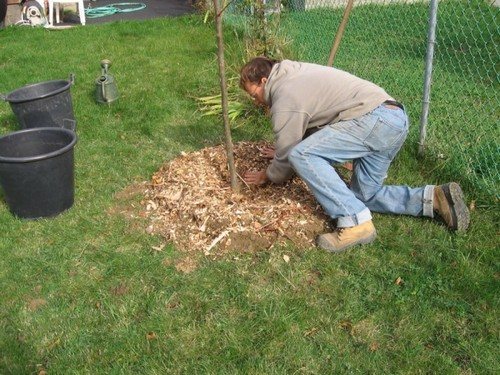
Protect the bark
To prevent rodents from damaging the bark, the trunk must be wrapped in a protective “casing.”As a "casing" they use roofing felt, burlap, cut plastic bottles or nylon tights. It is enough to wrap the trunk to a height of 60-80 cm.
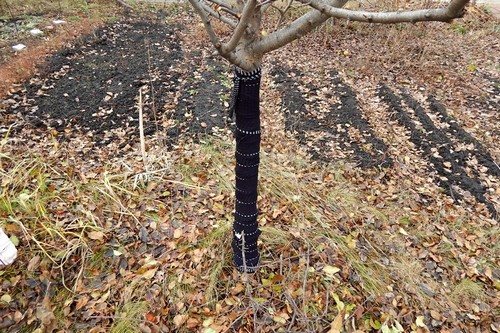
Such simple tips will help to properly prepare the garden for winter and not worry about its integrity until spring.


